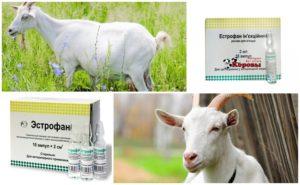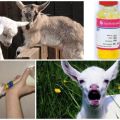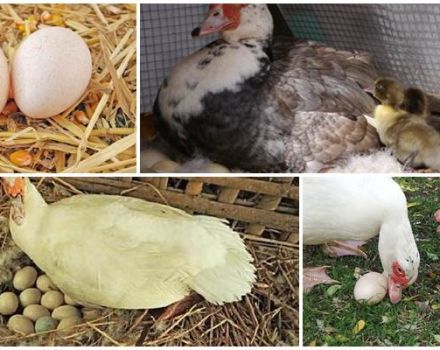Symptoms and diagnosis of brucellosis in goats, treatment methods and prevention
The development of brucellosis in goats is considered a very dangerous condition. It poses a threat not only to the livestock themselves, but also to people. This is an infectious-allergic pathology caused by zoonotic bacteria. They often cause damage to small ruminants, and goats are no exception. Pathology usually becomes chronic. In this case, the genitals suffer. Also, the disease can affect the musculoskeletal system.
The main causes of the disease
Goats suffer from brucellosis due to infection with Brucellus melitensis and other types of bacteria. The ways of infection with microorganisms are varied. However, most often this occurs through mucous membranes or wounds on the skin. At the same time, no manifestations are visible on their surface.
Infected goats spread the pathogens. They spread bacteria with different fluids and feces, which subsequently enter the body. A key feature of brucellosis is considered to be a high risk of affecting individuals of other species. Moreover, the disease poses a danger to people.
Signs and symptoms
The incubation period of pathology can last from 1 week to 1 month. With a latent course of infection, it reaches 2-3 months. Today the disease is classified according to the forms of its course:
- Acute - duration is 1.5 months.
- Subacute - lasts up to 4 months.
- Chronic - lasts more than 4 months.
- Residual - complications persist after recovery.
Acute brucellosis is characterized by rapid or gradual development. Older individuals usually develop primary symptoms. In this case, pain, sleep disturbances, and weakness appear. These signs indicate inflammation in the joints. However, they are not always present and can be almost invisible.
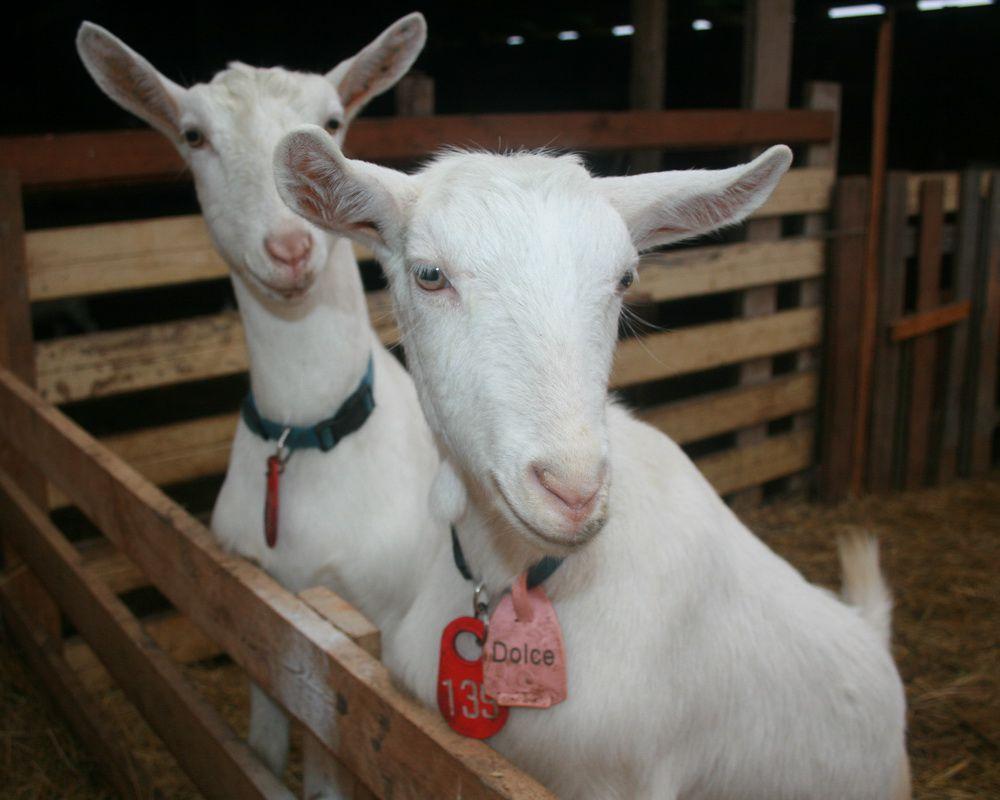
Abortion is considered the main symptom and source of infection in goats. The infection subsequently spreads through milk and urine. Little by little, the entire body and places of departure become infected. During abortions, fluid with a large number of bacteria is released. In this case, 60-80% of the individuals are infected.
An abortion usually occurs at 3-5 months. A few days before this, the genitals swell, and a colorless liquid with a pronounced odor is released. After an abortion, the following symptoms appear:
- delayed afterbirth;
- development of endometritis;
- the appearance of purulent-mucous discharge - sometimes fibrinous elements are present in them;
- an increase in temperature - observed with an acute course;
- a strong decrease in milk yield;
- weight loss;
- acceleration of erythrocyte sedimentation rate;
- leukocytosis;
- violation of the reproductive cycle - observed with damage to the ovaries and fallopian tube;
- infertility;
- joint damage and inflammation in them.
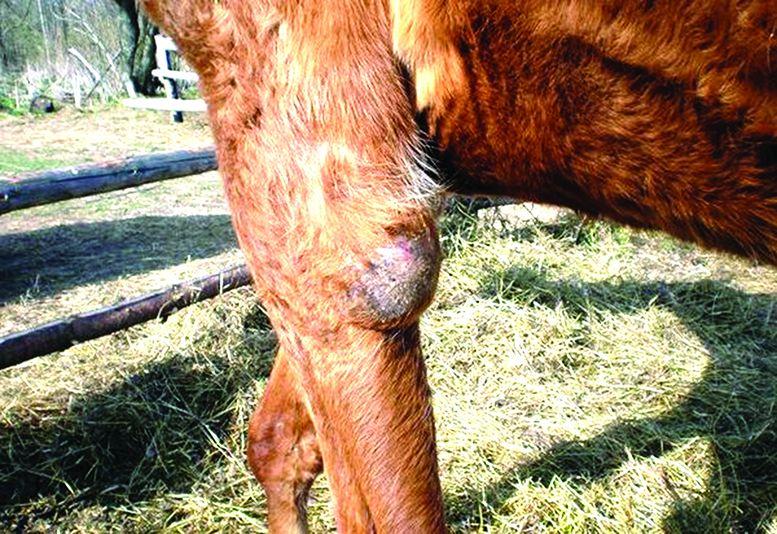
Diagnosis of the disease
Serological examination is considered the main diagnostic method. It is recommended to perform it in accordance with a specific plan. In this case, it is worth taking samples from goats for 4 months. When goating, a blood test is required. However, it is recommended to do it 1 month after giving birth. Otherwise, the results will be unreliable.
The following parameters are determined in the laboratory:
- test for rose bengal;
- agglutination reaction;
- the type of reaction to the associated compliment.
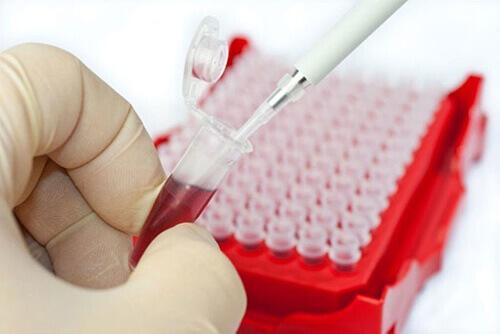
If the first study did not work, and the parameter is 25-50 international units per milliliter, a second diagnosis is performed. It is carried out in 2-4 weeks. If a second study shows the same result, the diagnosis is confirmed.
If the first test reveals an antibody content of more than 100 IU per milliliter, there is no need to confirm brucellosis.
How to properly treat brucellosis in goats
The disease is almost resistant to treatment. Therefore, the farmer's attention should be directed towards purchasing goats from healthy households. They need to be checked for brucellosis 2 times a year. If a disease is detected on the farm, veterinary and sanitary measures are taken. People who have come into contact with infected animals should also be systematically examined.
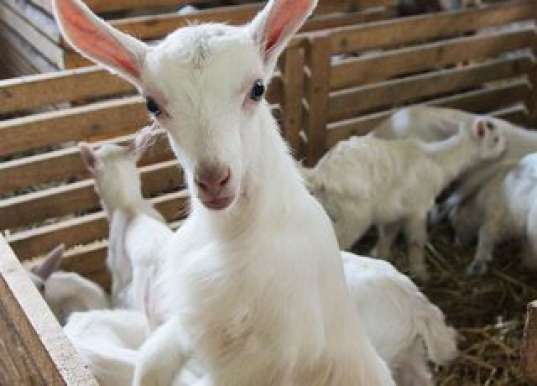
Sick goats should be isolated immediately. At the same time, it is recommended to fulfill all the appointments of the veterinarian. At the same time, people should maintain personal hygiene. It is strictly forbidden to consume raw milk and unprocessed animal products.
Possible consequences
Pathology is practically not amenable to treatment and can lead to negative consequences. The disease can cause significant economic harm, since it leads to mass abortions, barrenness, and the culling of productive animals. The emergence of brucellosis in the economy provokes the loss of valuable producers and the cost of antiepizootic measures. In addition, infected animals pose a danger to humans.
How to prevent infection
The farmer is responsible for the health of the goats. To avoid the development of brucellosis, it is recommended to strictly observe the sanitary standards for the maintenance, operation, and care of animals.

To prevent such problems, you should follow these rules:
- When purchasing goats, inspect and register the animals. This is especially true when purchasing goats from unverified suppliers. This should also be done when purchasing animals from vendors who do business with areas of low brucellosis.
- Require documents for the goat from the seller.
- Quarantine the goat. Its minimum duration should be 2 weeks. However, experts recommend isolating the new animal from the rest of the livestock for 1 month. Then take repeated samples.
- You cannot import animals from areas where there are many cases of brucellosis. The same applies to the import of soil, manure, feed and other similar products.
- The condition of animals must be constantly monitored by veterinary authorities. It is important to monitor the life process of animals and provide them with optimal conditions in order to minimize risks.
- It is important to comply with veterinary and zoohygienic standards when keeping goats and performing various procedures.
- Immediately report deaths, pathologies, abortions of goats to the veterinary authorities.
To avoid problems, it is recommended to vaccinate in a timely manner. This applies to the herd and staff. When pathology is detected, it is important to provide animals for slaughter. For this, as a rule, double diagnostics are performed. In case of obstacles in the work of veterinarians or concealment of the fact of illness, the farmer is fined.
Slaughter of goats with brucellosis is permissible only at special sanitary abattoirs.
Even if a single case of the disease is detected, quarantine is usually declared. During this period, animals are prohibited from contact with the outside world. Also, you cannot bring other individuals to the territory of the economy. It is forbidden to take waste from goats outside the yard.
Brucellosis is a serious condition that occurs in goats. It can lead to dangerous consequences for the entire livestock and is practically not amenable to treatment. Therefore, all the efforts of the farmer should be aimed at preventing disease.

